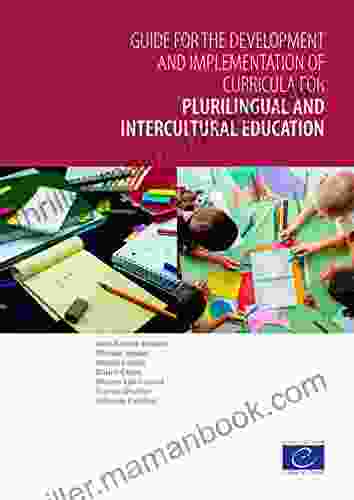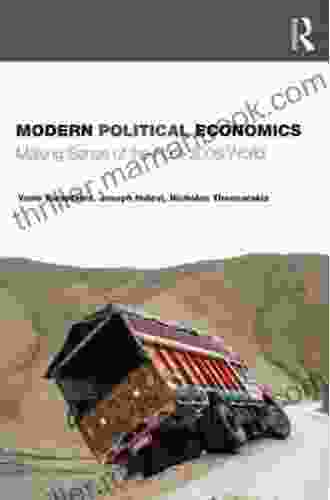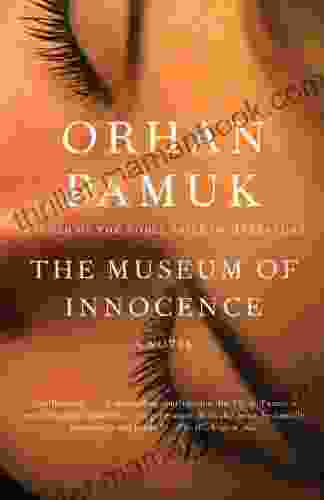A Comprehensive Guide for Developing and Implementing Curricula for Plurilingual and Intercultural Education

In an increasingly interconnected and globalized world, the need for effective plurilingual and intercultural education has become paramount. This guide aims to provide a comprehensive overview of the principles, methodologies, and best practices involved in developing and implementing curricula that foster language proficiency, cultural understanding, and global citizenship.
Key Considerations
- Target Audience: Identify the specific needs and characteristics of the learners, including their language proficiency levels, cultural backgrounds, and learning goals.
- Language Learning Objectives: Define the desired language outcomes, such as proficiency in multiple languages, ability to communicate effectively in various contexts, and intercultural competence.
- Cultural Objectives: Outline the goals for developing cultural understanding, empathy, and respect for diverse cultures.
- Intercultural Objectives: Specify the desired outcomes for fostering global citizenship, promoting cross-cultural communication, and facilitating intercultural collaboration.
- Educational Context: Consider the existing educational framework, resources, and support systems within which the curriculum will be implemented.
Methodologies and Approaches
- Immersion and Language Exchange: Create opportunities for learners to interact with native speakers and experience the target languages and cultures in authentic contexts.
- Content-Based Instruction (CBI): Integrate language learning and subject matter instruction, using topics and materials that reflect the learners' cultural backgrounds and interests.
- Task-Based Learning (TBL): Engage learners in meaningful tasks that require them to use the target languages and communicate in real-life situations.
- Intercultural Learning Activities: Incorporate activities that promote cultural awareness, empathy, and understanding, such as simulations, role-playing, and cross-cultural projects.
- Project-Based Learning (PBL): Provide opportunities for learners to work collaboratively on projects that explore intercultural issues and develop global perspectives.
Best Practices
- Collaboration and Partnerships: Establish partnerships with native speakers, cultural organizations, and international educational institutions to enrich the learning experience.
- Assessment and Evaluation: Develop authentic and meaningful assessment tools to measure language proficiency, cultural understanding, and intercultural competence.
- Professional Development: Provide ongoing training and support for teachers to enhance their skills in plurilingual and intercultural education.
- Technology Integration: Utilize technology to enhance language learning, facilitate cross-cultural communication, and provide access to global resources.
- Community Involvement: Engage the local community in the implementation of the curriculum to foster cultural exchange and build understanding.
Implementation Process
- Planning and Design: Develop a comprehensive curriculum plan that outlines the learning objectives, methodologies, and assessment strategies.
- Teacher Training: Provide training for teachers to familiarize them with the curriculum and enhance their skills in plurilingual and intercultural education.
- Curriculum Implementation: Roll out the curriculum in classrooms, providing ongoing support to teachers and learners.
- Monitoring and Evaluation: Regularly monitor the implementation of the curriculum and evaluate its effectiveness in achieving the desired outcomes.
- Continuous Improvement: Based on evaluation findings, make necessary adjustments and improvements to the curriculum to enhance its effectiveness.
Benefits of Plurilingual and Intercultural Education
- Enhanced Language Proficiency: Learners develop proficiency in multiple languages, increasing their communication skills and job opportunities.
- Broadened Cultural Understanding: Students gain a deeper understanding of diverse cultures, promoting tolerance, empathy, and respect.
- Increased Global Citizenship: Learners develop the skills and attitudes necessary to engage effectively in a globalized world.
- Improved Cognitive Skills: Plurilingual education has been shown to enhance cognitive flexibility, problem-solving skills, and creativity.
- Personal and Professional Growth: Learners develop self-confidence, cultural sensitivity, and intercultural communication skills that benefit them both personally and professionally.
Developing and implementing curricula for plurilingual and intercultural education requires a commitment to fostering language proficiency, cultural understanding, and global citizenship. By adhering to the principles and best practices outlined in this guide, educators can create transformative learning experiences that empower learners to navigate a diverse and interconnected world with confidence and competence.
4.3 out of 5
| Language | : | English |
| File size | : | 27034 KB |
| Text-to-Speech | : | Enabled |
| Screen Reader | : | Supported |
| Enhanced typesetting | : | Enabled |
| Word Wise | : | Enabled |
| Print length | : | 170 pages |

4.3 out of 5
| Language | : | English |
| File size | : | 27034 KB |
| Text-to-Speech | : | Enabled |
| Screen Reader | : | Supported |
| Enhanced typesetting | : | Enabled |
| Word Wise | : | Enabled |
| Print length | : | 170 pages |
Do you want to contribute by writing guest posts on this blog?
Please contact us and send us a resume of previous articles that you have written.
 Top Book
Top Book Novel
Novel Fiction
Fiction Nonfiction
Nonfiction Literature
Literature Paperback
Paperback Hardcover
Hardcover E-book
E-book Audiobook
Audiobook Bestseller
Bestseller Classic
Classic Mystery
Mystery Thriller
Thriller Romance
Romance Fantasy
Fantasy Science Fiction
Science Fiction Biography
Biography Memoir
Memoir Autobiography
Autobiography Poetry
Poetry Drama
Drama Historical Fiction
Historical Fiction Self-help
Self-help Young Adult
Young Adult Childrens Books
Childrens Books Graphic Novel
Graphic Novel Anthology
Anthology Series
Series Encyclopedia
Encyclopedia Reference
Reference Guidebook
Guidebook Textbook
Textbook Workbook
Workbook Journal
Journal Diary
Diary Manuscript
Manuscript Folio
Folio Pulp Fiction
Pulp Fiction Short Stories
Short Stories Fairy Tales
Fairy Tales Fables
Fables Mythology
Mythology Philosophy
Philosophy Religion
Religion Spirituality
Spirituality Essays
Essays Critique
Critique Commentary
Commentary Glossary
Glossary Bibliography
Bibliography Index
Index Table of Contents
Table of Contents Preface
Preface Introduction
Introduction Foreword
Foreword Afterword
Afterword Appendices
Appendices Annotations
Annotations Footnotes
Footnotes Epilogue
Epilogue Prologue
Prologue Carl Hoffman
Carl Hoffman Stuart G Yates
Stuart G Yates Jim Cobb
Jim Cobb Thrity Umrigar
Thrity Umrigar Jeff Lindsay
Jeff Lindsay Emeril Lagasse
Emeril Lagasse Francis D K Ching
Francis D K Ching Helen E Fisher
Helen E Fisher Nicolaj Siggelkow
Nicolaj Siggelkow Sharon E Cathcart
Sharon E Cathcart Helios
Helios Webster Young
Webster Young R H Sin
R H Sin Malachi Jenkins
Malachi Jenkins Raj Balan S
Raj Balan S Kris Yenbamroong
Kris Yenbamroong Pratikshya Mishra
Pratikshya Mishra Don Hossler
Don Hossler Ruth King
Ruth King Becci Murray
Becci Murray
Light bulbAdvertise smarter! Our strategic ad space ensures maximum exposure. Reserve your spot today!
 Damon HayesFollow ·11k
Damon HayesFollow ·11k W. Somerset MaughamFollow ·5.3k
W. Somerset MaughamFollow ·5.3k Carlos DrummondFollow ·10k
Carlos DrummondFollow ·10k Eric HayesFollow ·17k
Eric HayesFollow ·17k Dylan MitchellFollow ·12.3k
Dylan MitchellFollow ·12.3k Alexander BlairFollow ·5k
Alexander BlairFollow ·5k Eugene ScottFollow ·14.8k
Eugene ScottFollow ·14.8k Duncan CoxFollow ·5.5k
Duncan CoxFollow ·5.5k

 Caleb Carter
Caleb CarterThe Complete Beagle Dog Beginners Guide: Beagle Facts,...
Beagles are...
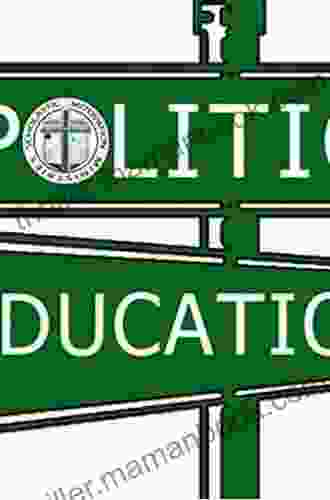
 Gage Hayes
Gage HayesThe Origins and Evolution of No Child Left Behind:...
The No Child Left Behind...
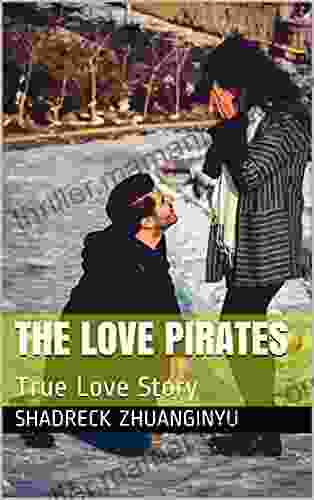
 George Martin
George MartinThe Love Pirates: A Swashbuckling Tale of Love,...
The Love Pirates is a thrilling...
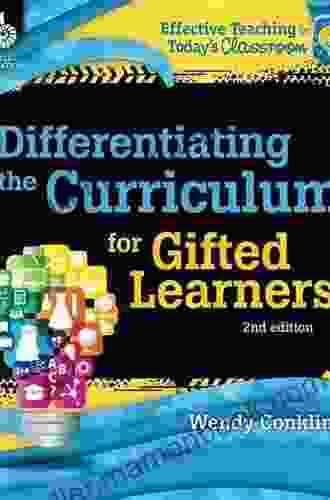
 Nathaniel Hawthorne
Nathaniel HawthorneDifferentiating the Curriculum for Gifted Learners:...
Gifted learners are...
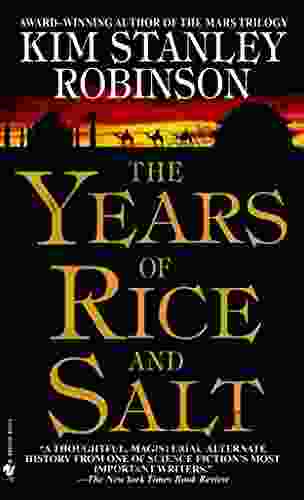
 Carlos Fuentes
Carlos FuentesThe Years of Rice and Salt: A Journey Through a Forgotten...
The Years of Rice and Salt is...
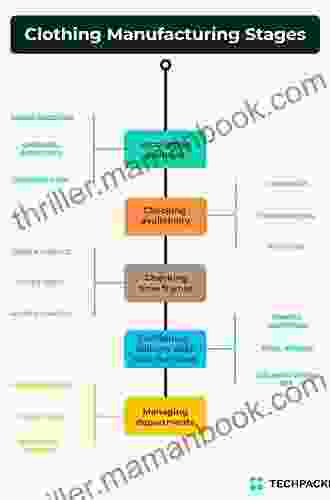
 Herbert Cox
Herbert CoxThe Intricate Design of Clothing Manufacturing Processes:...
The clothing industry is a vast and...
4.3 out of 5
| Language | : | English |
| File size | : | 27034 KB |
| Text-to-Speech | : | Enabled |
| Screen Reader | : | Supported |
| Enhanced typesetting | : | Enabled |
| Word Wise | : | Enabled |
| Print length | : | 170 pages |


